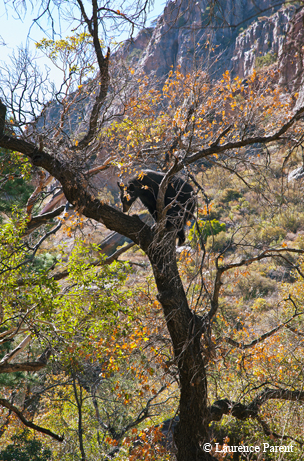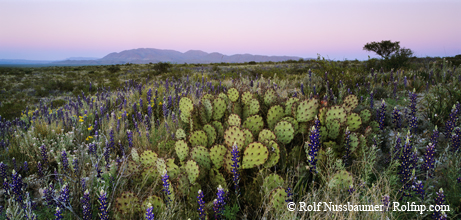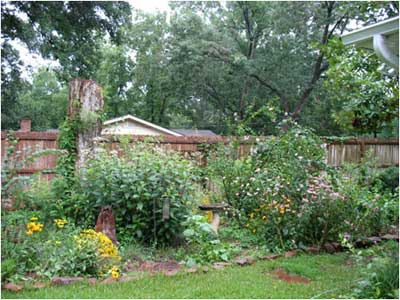Davis Mountains Mile High Chili Cook-off
Thursday, April 16th, 2015This is Passport to Texas
The First Annual Mile High Chili Cook-off is a new, CASI sanctioned, competition to take place April 25 at Davis Mountains State Park. CASI stands for Chili Appreciation Society International.
13— We are very excited about this. And these are people who have been competing in chili cook-offs throughout the year and they’re trying to get points to then go to the international chili cook-off in Terlingua, in November.
Tara Poloskey is an interpretive ranger at the park.
09—They’re very competitive; it’s pretty serious for some of these chefs. And, CASI does most of the work, but we provide the judges.
Want to put your bowl of red up against serious competitors? Then register quickly. Find information at passporttotexas.org; and if you’re going to be camping at the park anyway…
18— We’re allowing visitors to the park to pay four dollars, and with their four dollars that goes to the friend’s group, they get a cup, a napkin, a bottle of water, and they can go around to all of the different kitchens and try the chili once the chefs have submitted them to the judges.
Davis Mountains SP is giving away prizes to competitors.
11— Gift certificates to the Indian Lodge for hotel rooms overnight. We have gift certificates for camping at Davis Mountains State Park; we have a camp stove that was donated from our local true value.
Find details about the First Annual Mile High Chili Cook-off at Davis Mountains SP at passporttotexas.org.
For Texas Parks and Wildlife…I’m Cecilia Nasti.







 Passport to Texas is a
Passport to Texas is a  Passport to Texas is made available by:
Passport to Texas is made available by: